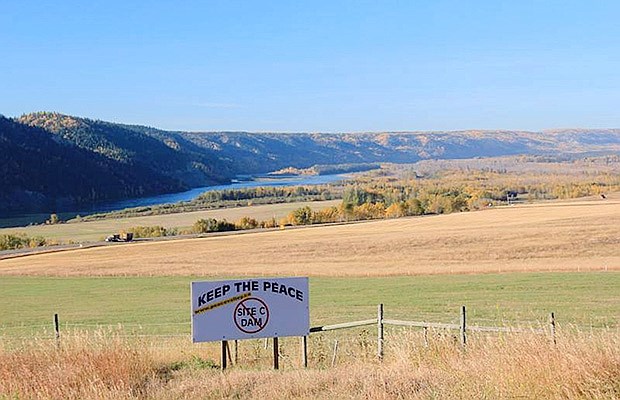We are the first generation to feel the effects of climate change and the last generation with the opportunity to do something about it.
— Governor Innes, Washington State.
I’ve known about climate change since 1960, when I was a senior student at UBC and a teaching assistant in a seminar on the future of food production. I’ve spent a lifetime warning about the loss of farmland, and our ability to feed ourselves in a changing world. Future generations will have to adapt to a continually changing climate.
In 1957, climatologist Dr. Sverre Pettersen, Director of the Weather Forecasting Research Centre, University of Chicago, warned us that in the next 50 years,“If the current warm trend continues there will be some remarkable changes in the weather. Already, the North Pole has decreased something like 40 per cent in volume. If this continues there will be very little summer ice in the Arctic.”
Despite frequent warnings, we watched helplessly as Pettersen’s words came true. The Intergovernmental Panel on Climate Change says it has already begun to get much worse, with increased flooding, heat waves, lack of water, starvation, disease, violence, and death, aided by manmade climate change in the next 30 years.
Yet our Federal Government is still intent on building pipelines, extracting oil and natural gas, and shipping coal, oil, and LNG to Asia to be burned.

While drought stricken Texas is suddenly deluged with unprecedented flooding, Vancouver has just witnessed the driest May on record. Food prices are rising. Another 500,000 acres of California farmland has dried up and won’t be planted this year.
However, our B.C. government is still intent on flooding 30,000 acres of prime Peace River farmland for the Site C Dam to create the electricity to produce LNG adding to CO2 emissions. Crops and trees can absorb CO2: 30,000 acres under water is 50,000 tons of CO2 per year that won’t be absorbed.
We import most of our food from California. B.C. Ministry of Agriculture scientists say we need to add 227,000 acres of prime, irrigated farmland to feed ourselves in the future. Half the distance from California, 30,000 acres of prime alluvial soil can feed a million people.
UBC’s Dr. Stephen Shepherd recently told Metro Vancouver directors that developing community district energy could produce half our own energy needs. Richmond is developing district geothermal energy for 12,000 homes that can eventually encompass all of Richmond. The Canadian Geo-Thermal Energy Association has called for a moratorium on Site C and estimates geo-thermal could produce 45 per cent of present BC Hydro power needs.
We do not need the Site C Dam. A “reasonable” government would investigate the energy demand, analyze the cost and consider cleaner, more sustainable energy alternatives. We need the Peace River farmland to reduce atmospheric CO2 and feed hungry people.
Harold Steves is a City of Richmond councillor.


